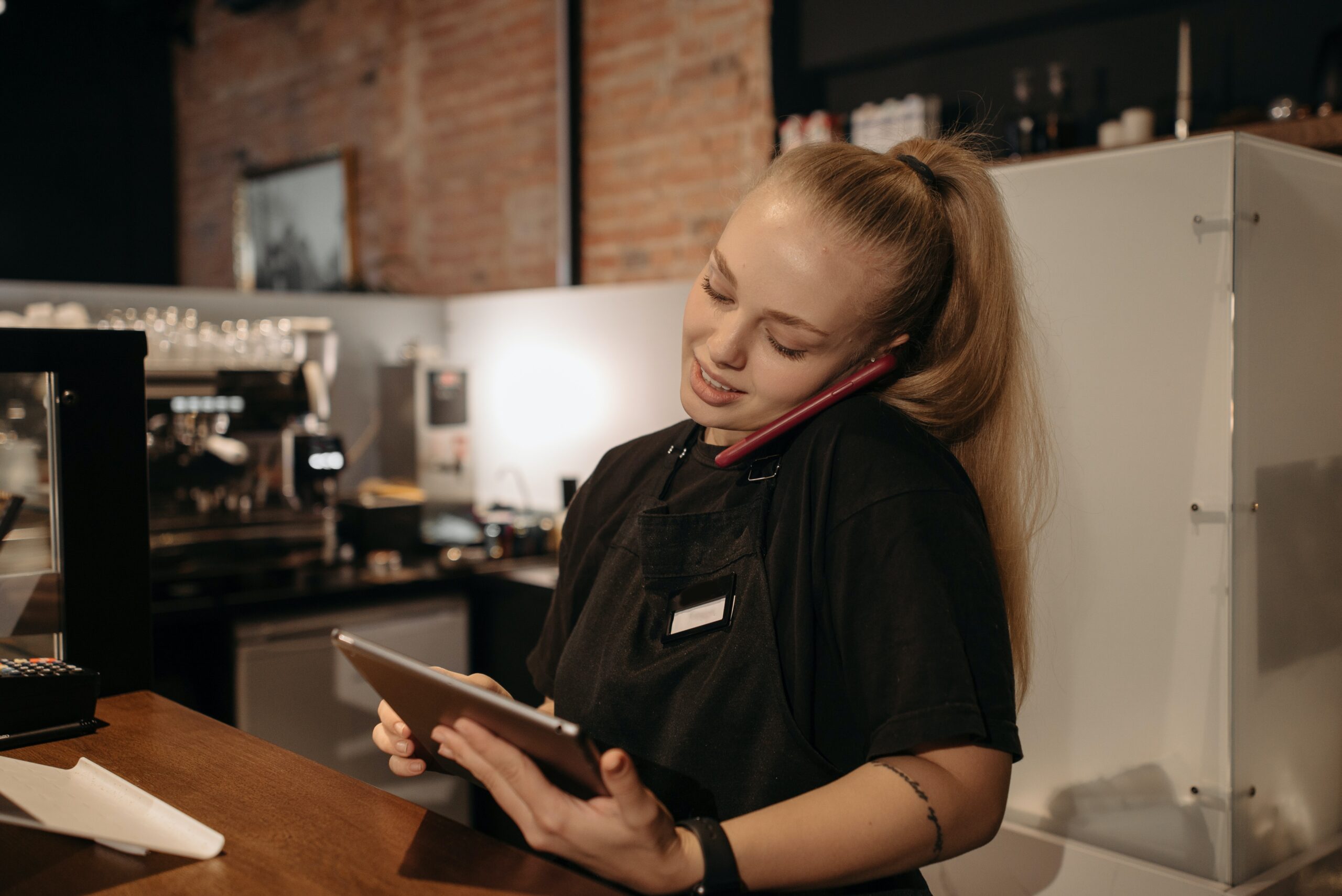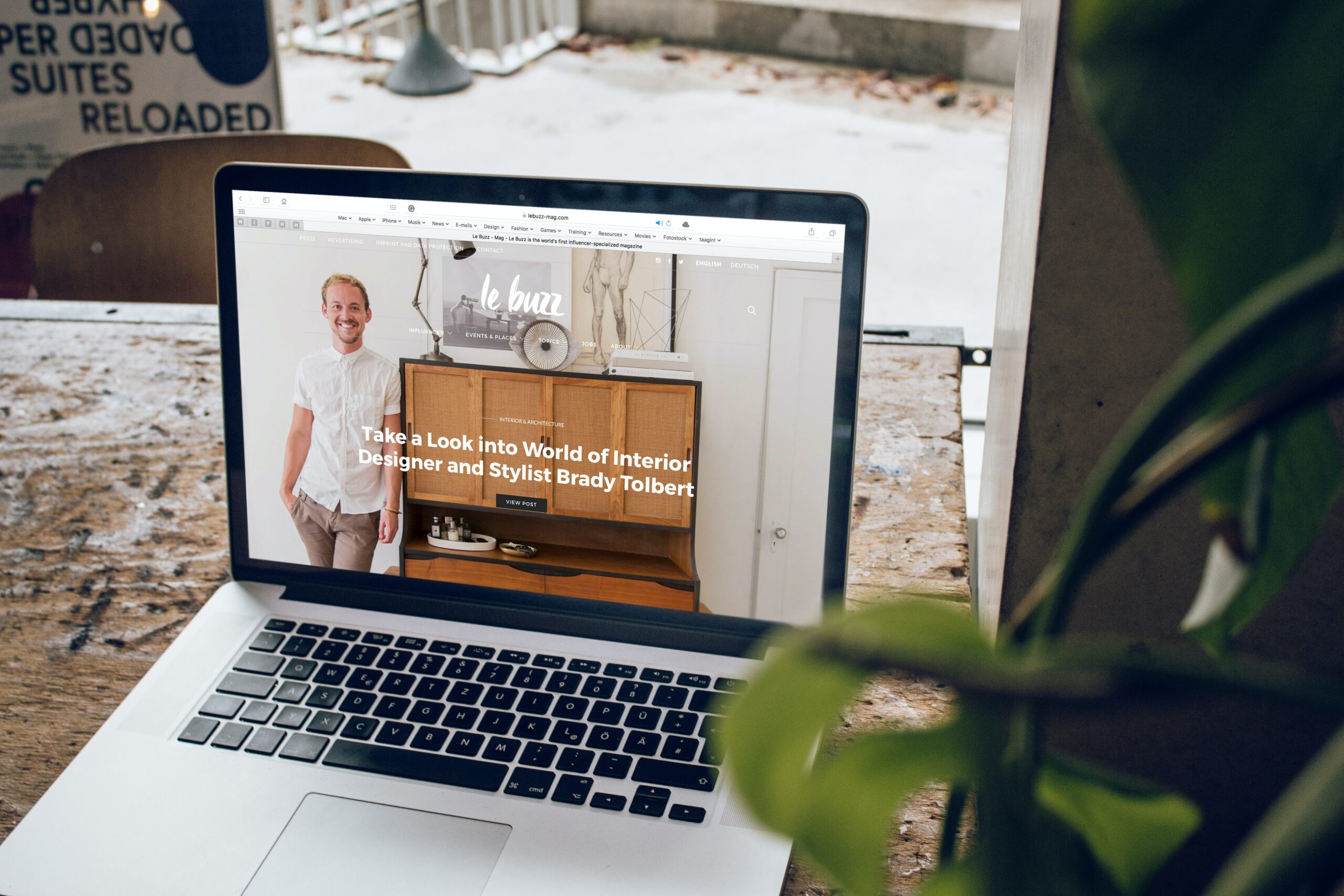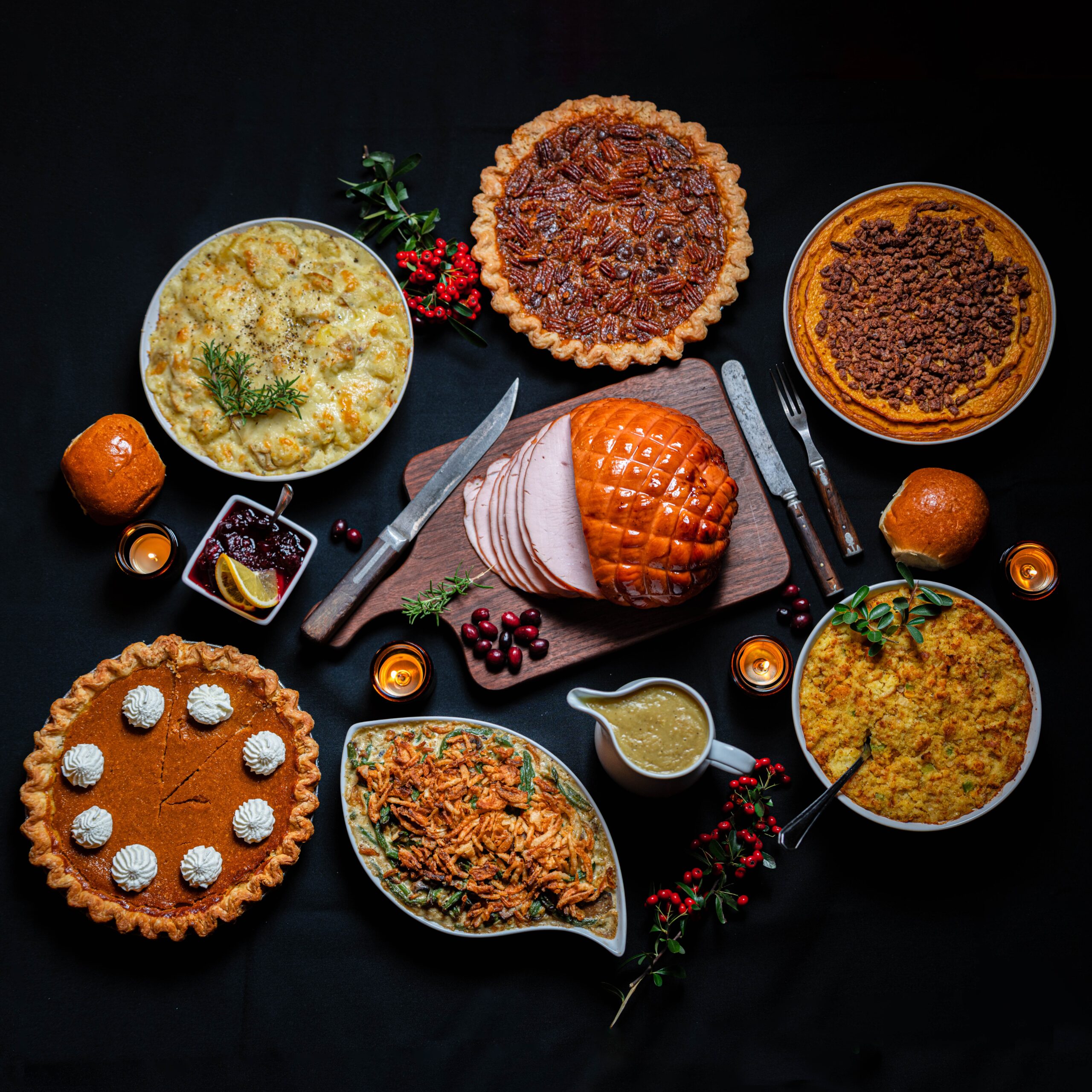HOW TO OPTIMIZE GOOGLE ADS FOR YOUR FRANCHISE
This article written by: Jam Bonnie
Franchising can be an appealing and excellent first step for people who want to start or open their own businesses. However, because of the huge brands and return on investment associated with it, you should also expect a lot of competition. According to data from an International Franchise Association report, there were 790,492 franchised establishments in 2022, with an economic output of $825.4 billion. For 2023, the report predicts a total of 805,436 franchised locations.
Despite the growth in franchising units, however, experts say the new franchisees coming in or buying has been slow compared to the past. This can be attributed to rising inflation, higher interest rates, and an overall lack of confidence. Today, franchisees can reach out to franchise development services like Franchise Growth Solutions to help their program stand out from the competition. Franchisees can benefit from expert-level insights on franchise development, sales, infrastructure growth, and exit strategy.
That being said, there are certainly internal things within your franchise operations that you can work on to help your franchise unit stand out from the crowd. One such way is by fine-tuning elements of your digital marketing strategy — such as Google Ads campaigns. Below, we’ll look at how to optimize Google Ads for your franchise:
Use Google My Business
Google’s built-in tool Google My Business helps increase your local exposure, allowing your franchise unit to be seen by relevant potential customers. Taking the time to improve your Google My Business profile starts as simple as claiming your profile and including accurate and up-to-date information about your franchise, such as its address, phone number, website, and business hours.
While your Google Ads strategy can run independently of your Google My Business presence, investing time in your Google My Business profile can complement your Google Ads campaigns and provide potential customers with accurate and accessible information about your franchise. For example, if a customer comes across an ad for your business, checking out your Google My Business profile can provide them with further insights through photos, videos, and customer reviews.
Do a PPC audit
Like many other aspects of digital marketing, it’s important not to remain too static. As elements in and out of your business continue to change and evolve, so should your marketing strategy. Pay Per Click (PPC) audits can improve the efficiency of your Google Ads strategy, making sure you are spending your marketing budget effectively. A PPC audit checklist by Ayima includes critical areas such as account structure, keywords, ad and landing page copy, bidding, and tracking.
When conducting a PPC audit, consider your campaign’s structure, such as existing ad groups and negative keywords. You’ll want to avoid keyword overlap so your search terms don’t bounce around. In a saturated market, minor mistakes like typos can impact your franchise negatively. By practicing routine PPC audits, you can avoid simple errors in your ad or landing page copy and ensure your ads reach the right customers.
Stick to locally-focused keywords
Finally, your Google Ads strategy must stay local. As a franchisee, you should be aware that there are most likely other franchisees outside your locale, and trying to cater your ads campaign to areas outside your reach can be counterproductive. Instead, focus on using local Google searches to build a loyal customer base among a local audience. Fun fact: 46% of all searches on Google include local intent.
Similarly, over the years, there has been a whopping 500% surge in local Google searches with keywords such as “near me” and “buy now.” Focusing your Google Ads campaigns on a local level helps display your advertisements within a specific geographic area, taking on a targeted approach to reach potential customers in your vicinity. After all, these customers are more likely to engage with your business, driving greater foot traffic and increasing overall brand awareness to others living or working close by.
Sources:
1) International Franchise Association
https://www.franchisetimes.com/franchise_news/new-research-shows-strong-economic-outlook-for-franchising/article_783c2f10-ddfd-11ed-8249-135bade4a847.html
2) Franchise Growth Solutions
https://franchisegrowthsolutions.com/about-us/
3) Ayima
https://www.ayima.com/insights/paid-media/how-to-conduct-a-ppc-audit.html
This article was written by: Jam Bonnie










